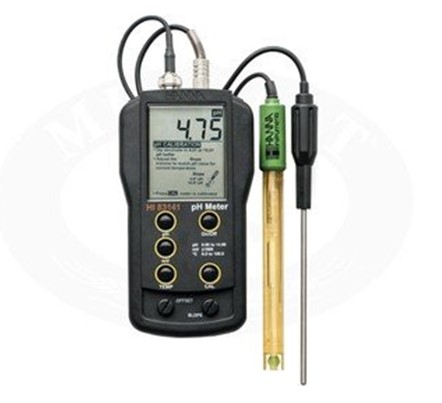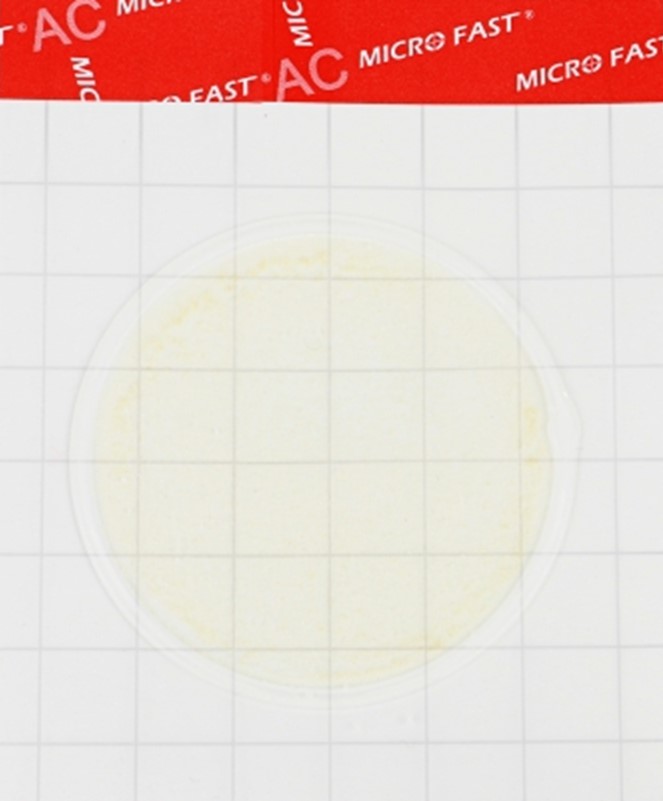How many chickens can one hen hatch

The main benefit of using a brood hen is that by allowing the hen to brood chicks, you encourage natural behavior, and chicks raised under the mother's care may be more viable or robust than hatchery chicks.
However, not all modern chicken breeds have retained a developed maternal instinct. The best brood hens are cochin hens - their desire to incubate and care for offspring is so high that they often lay other people's eggs , not only chickens, but even turkeys and geese. Next in terms of care are leggorns, orpingtons, and wyandots.
Hens usually hatch up to 12 chicks at a time and once a year. In rare cases, they have 2 broods, that is, 24 chicks per year. Remember that egg laying and brooding are two different processes, although they start out the same way. Hens will maintain stable egg production throughout the year if they don't have to hatch chicks. Once you start the incubation process, egg production drops as the hens will refrain from laying more eggs until the chicks have hatched and become independent.
The hens sit on the eggs for the 21 days it takes to hatch and then actively care for them 8 weeks after birth. After that, the chickens begin to pay less attention to the chickens, by 16 weeks they perceive the chickens as ordinary members of the adult chicken community. Thus, 16 weeks is the age of chicken majority. At 18 weeks, females will start laying eggs.
Recall that a mother hen will take good care of no more than 12 chickens, and this number should not be artificially increased, for example, to 15, since quarrels with pecking will begin between the grown chicks. It is better to stop at 10 chickens altogether and pay attention to the conditions for breeding.
Place a 45 x 45 nest box for a brood hen in a secluded, slightly shaded area with clean, soft bedding such as hay. The nest box should be large enough for the hen to comfortably sit on the eggs, but not so large that heat is wasted. The chicken coop should not be below 13 degrees, so if the eggs are hatched in early spring, it makes sense to provide additional heating for the first two weeks. The depth of the nest box will be 20 cm, including bedding, so that the eggs do not roll out when the hen turns or comes out to eat and drink. The crate should be raised off the ground to keep it dry and clean at all times.
Provide the hen with food and water as needed. As soon as the chicks start to hatch, be ready to intervene if necessary if any chick gets stuck in the shell. In the future, be sure to check the availability of food and water, as the hen and chicks will eat together.
Hens feed their chicks by showing how they peck and find food. Chicks have strong foraging instincts and don't usually need help eating unless they have a scissor beak. To solve the problem, the tip of the upper part of the beak is trimmed; in case of a successful operation, the beak grows back in an average of 6 weeks. If you are unsure of your beak repair skills, be sure to invite a veterinarian for training.
Read together with it:
- Сохранение льготного НДС на социально важные продукты: эксперт делится подробностямиСреди продовольственных товаров с сохраненной льготной ставкой будут мясо, молоко, яйца, а также ряд других необходимых продуктов. Мемрук также отметила, что медуслуги, которые предоставляются лицензированными организациями, не будут облагаться НДС, как и образовательные услуги, оказываемые некоммерческими организациями. Этот налог, введенный в России в 1992 году, составляет значительную часть дох...
- A salmonella outbreak has been reported in kindergartens in Komi: the source of the infection was a chicken from the Sheksninskaya poultry farm.An investigation revealed that the source of the infection was a frozen, eviscerated broiler chicken carcass under the "Blagoyar" brand, produced at the Sheksninskaya Poultry Farm in the Vologda Region. The chicken was delivered to childcare facilities through an authorized supplier that regularly works with educational institutions. All products from this batch are currently being recalled. Prior...
- О бешбармаке, деньгах, мясе, традициях, генетике и селекцииPIONERPRODUKT.by продолжает серию интервью с выдающимся казахстанским учёным, Баймукановым Дастанбеком Асылбековичем, которое записано его младшим братом Баймукановым Сыздыком Асылбековичем. Первая часть интервью называется: История о пастухах, баранах и свободе. Напоминаем, что огромное количество статей по животноводству автора Баймуканова Дастанбека Асылбековича опубликованы на нашем портале Бе...
- Использование побочных продуктов переработки винограда, апельсинов и оливок в качестве экологически чистого корма для овец и птицыПроект NEWFEED , координируемый технологическим центром AZTI , разработал и апробировал новые местные ингредиенты для кормов жвачных животных и птицы. Благодаря инновационным процессам, а также лабораторным и сельскохозяйственным испытаниям, были улучшены усвояемость и питательная ценность виноградных гребней, апельсиновой цедры и оливкового жмыха, что позволило включать их в рацион животных без у...
- A resident of Petropavlovsk is unhappy with his purchase: a chicken with worms has caused public outrageAlthough the money for the defective product was returned, the man was not happy with the situation. He was initially reluctant to share his experience in the hope that the sellers would remove the damaged product from sale, but after a week this did not happen. The promotion for the problematic product is still ongoing, which caused a lot of discussion on social networks, where users did not hold...
- Crimea allocates 495 million rubles to support livestock farming: focus on dairy production and poultry farmingDairy farming in the region faces serious challenges, including water and feed shortages, forcing farmers to use stall-based housing for their animals. According to Crimean Agriculture Minister Denis Kratyuk, despite this situation, processing plants are capable of increasing production fivefold, but a shortage of raw materials is hindering this process. The allocated funds will help subsidize mil...
- Снижение НДС на социально значимые товары: шаг к улучшению экономической ситуации в РоссииСнижение НДС окажет положительное влияние на уровень жизни граждан, так как основные продукты станут более доступными. Под снижение ставки попадут такие товары, как мясо, молоко, яйца, овощи и фрукты, а также корма для животных. Эта мера будет способствовать поддержанию как потребителей, так и производителей, укрепляя аграрный сектор экономики. Одной из особенностей предлагаемого законопроекта явл...






























































